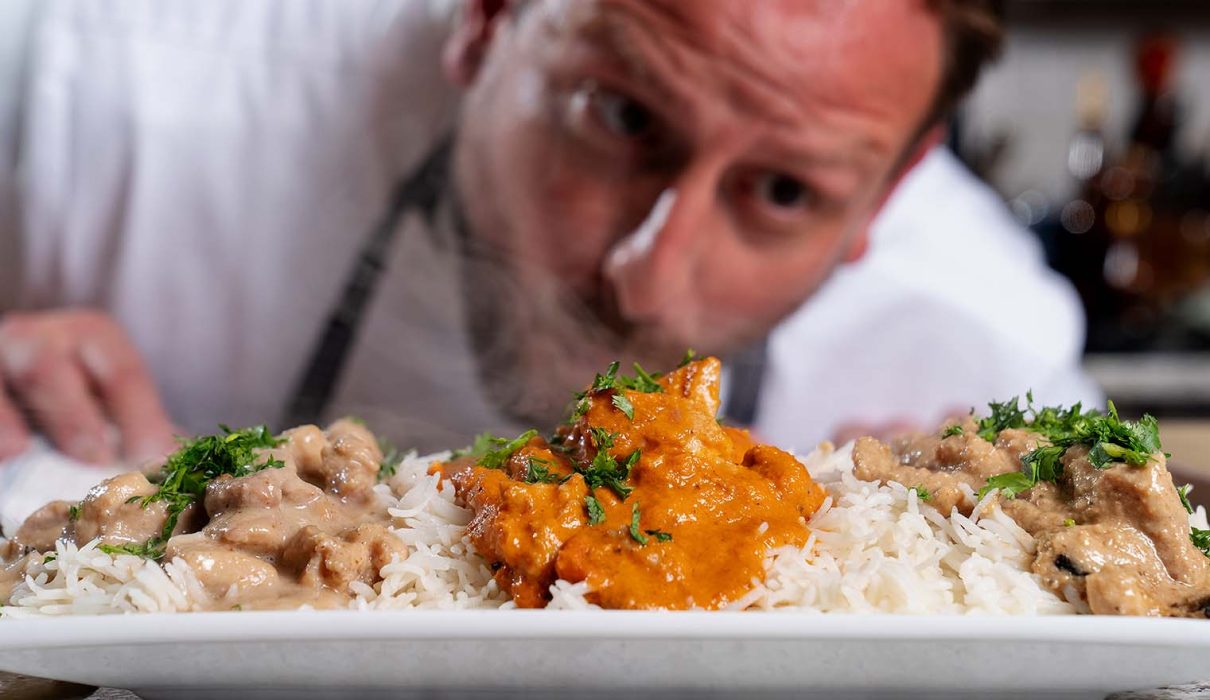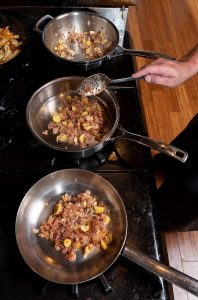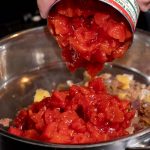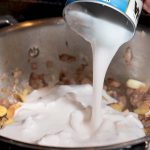Curry is not a single flavor, nor is it a single ingredient (powder, paste or leaves). Indian curry can be any sauce with spice. Each region, state and family has a different curry. Some things may be curries and you don’t even know it. It is not always in the name — Vindaloo, Korma, Butter Chicken (Murgh Makhani) and Biryani are all curry dishes. Depending on which curry dish you are eating and where you are eating it, you might have it with rice, roti or naan.
Indian cuisine is only one of many that have curry dishes — Vietnam, Thailand, Malaysia, China, Jamaica, Japan, all have some type of curry dish, just to name a few. A curry in one region could have the same name and be completely different from a curry of the same name in another region.
This article is only slightly addressing Indian curry dishes; there are so many I could spend the next 10 years of articles writing about them. I am a middle-aged white guy in the Midwest, so this is not a traditional recipe. I wanted to do something that had a base start for a curry, that could then be split and have different endings. One of my favorite things about getting Indian food is the ability to try other dishes at the table. This allows you to easily start in one pan, and by doubling or tripling the recipe, split it up, add different ingredients and even different meat to finish with multiple curry dishes. The included recipes are written for chicken, but could easily be switched out for beef, shrimp, lamb or pork. Adjust the cooking times as needed (shorter with shrimp, longer with the rest).
Spice
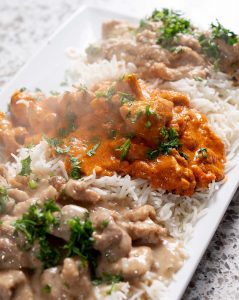
Filler
Not all curry dishes have extra vegetables along with the meat in the sauce since the base of the sauce is predominantly pureed vegetables. Tomatoes usually top the list, followed by onions, peppers, spinach, potatoes, eggplant and okra. You can add whatever you want — in-season vegetables are always an easy way to go.
Meat
While meat does not have to be added to a dish (many curry dishes cooked at home are vegetable-based) it is very typical to find as an option in a restaurant. This recipe makes it very easy to start with one base that has been doubled or tripled (curry freezes and reheats very well) and split off into multiple types of curry. Chicken breast and thigh will typically cook fully and become tender in 25 to 30 minutes, while seafood may take a shorter amount of time. Beef, pork and lamb may take a little bit longer, depending on the cut you are using. The meat will become tough before starting to break down and become tender. Just be patient, add a little more water if the mixture is becoming thick, and wait until your desired tenderness.
Chicken Curry Base
Served 4 to 6
Ingredients
- 3 to 4 tablespoons vegetable oil
- 4 to 6 black peppercorns
- ¼ teaspoon yellow mustard seeds
- ¼ teaspoon whole coriander seeds
- ¼ teaspoon whole cloves
- ¼ teaspoon cardamom seeds
- ¼ teaspoon whole cumin seeds
- 1 medium red onion, diced
- 4 to 5 garlic cloves
- 3 to 4 tablespoons roughly chopped ginger
- 4 to 6 boneless skinless chicken thighs, diced
- 1 to 2 tablespoons vegetable oil
- 2 teaspoons kosher salt
- 1 teaspoon Garam Masala
- 1 teaspoon turmeric (optional)
Directions
Mix and marinate chicken with the vegetable oil, salt, garam masala and turmeric in a bowl, then brown in a pan and set aside. Combine all ingredients for the sauce into a pan on the stove. It should be close to correct thickness when oil starts to separate at the edges of the pan. Transfer to a tall-sided pan and puree, add back to the sauté pan, and add browned chicken. Cook until the chicken is tender and the sauce has thickened. If the sauce thickens too quickly and the chicken is not tender, add a little bit of water at a time until the chicken is done. I use ½ to ¾ cup cooked basmati rice per person for serving.
Butter Chicken
- 28-ounce can of whole or diced tomatoes
- 4 ounces butter
- 4 to 6 ounces cream
Add tomatoes, butter and cream after adding ginger and garlic.
Coconut Curry
- 1 12-ounce can coconut milk
- ½ cup water or vegetable stock
Add coconut milk and water after adding ginger and garlic.

